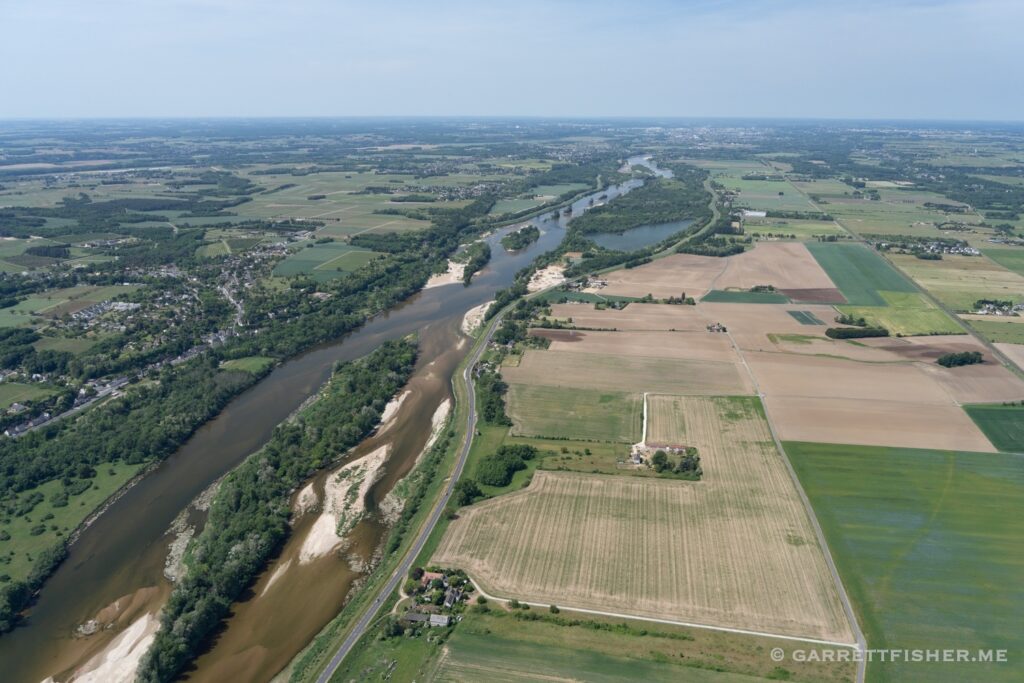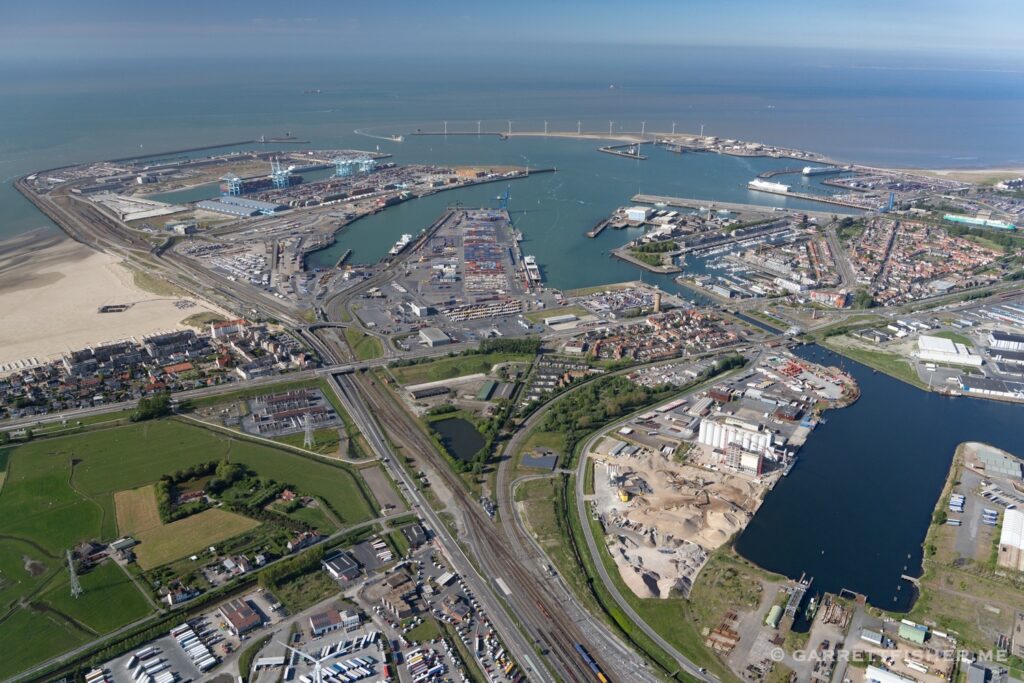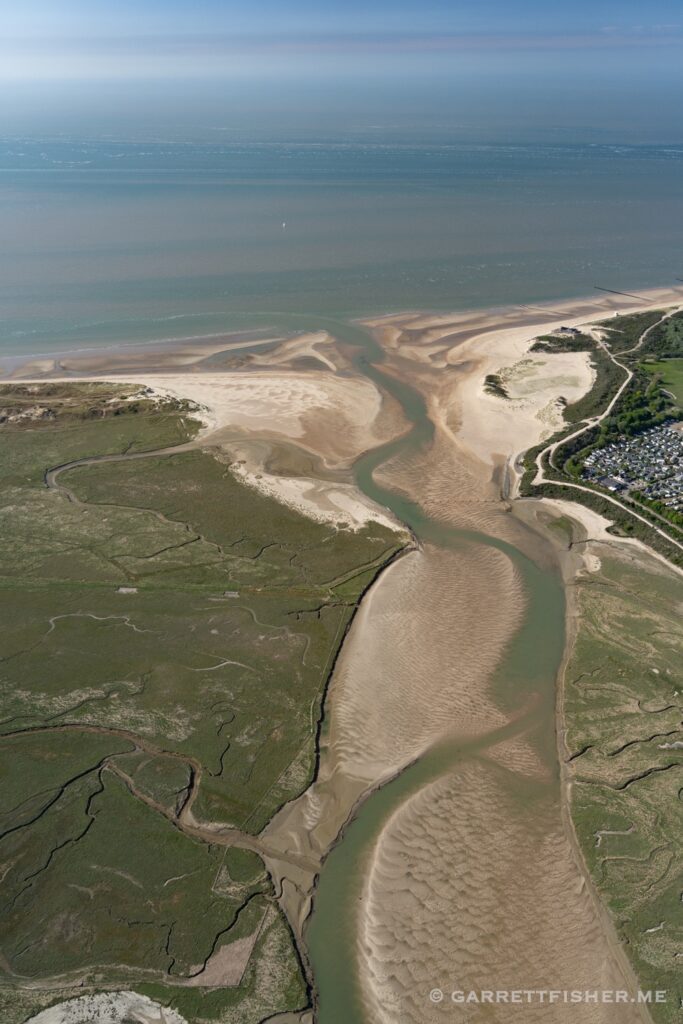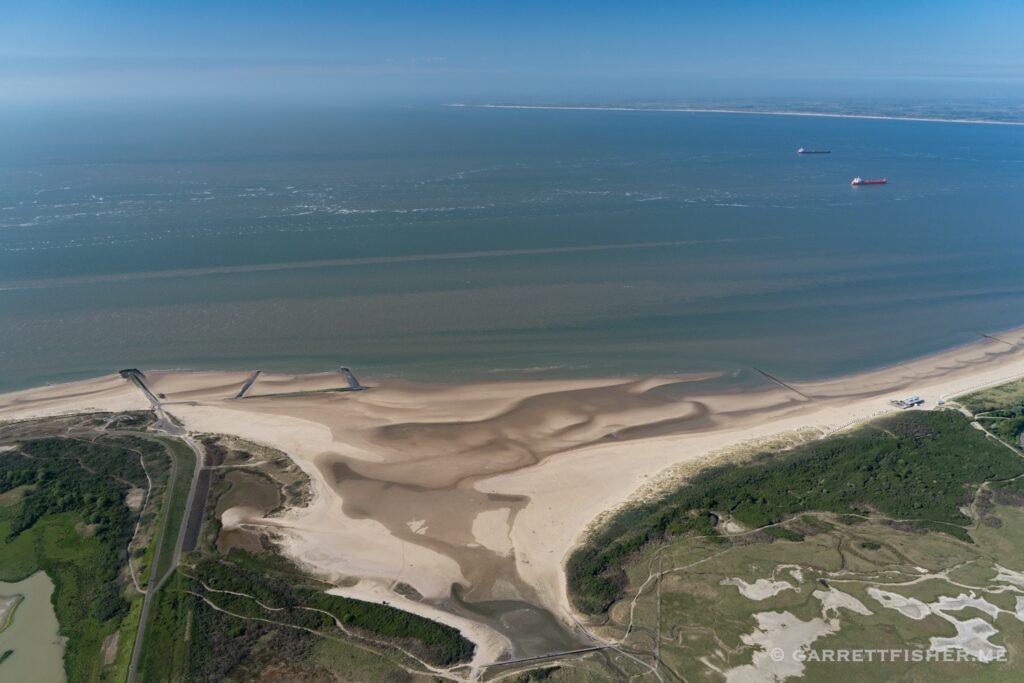I would have been perfectly content, save for usurious urinal fees, to have spent the night in Biarritz. However, a possibility of coastal fog bunched against the Pyrenees caused an evening run 90 miles to the north. The next morning, that assumption turned out to be correct. I took off on a hazy, humid morning from Arcachon, heading north/northeast into the hinterlands of Bordeaux.
A more direct routing would have consisted of one thousand miles of repetitive scenery: fields, trees, roads, a few rivers, and alternating presence of human settlements. While most would be enthralled at crossing the heart of France and beyond, I found the prospect about as exciting as flying over Pennsylvania. Having grown up near the eastern Great Lakes, much of the East Coast offered little in the form of variety that I was seeking. Instead, it was a question of tree species, the exact height and nature of hills, and temperature. Otherwise, it’s all the same. I was not necessarily looking forward to much of the flight on this day given its Pennsylvanian commonality, though it had to be done.
I texted my wife a photo of the Gironde, taken with atmosphere that was remarkably similar to when I crossed the Mississippi River three years prior…in Mississippi…in hellish heat. She replied with great excitement that her favorite Bordeaux comes from a winery on the eastern shore. Snarling at the morning haze and reality of being in France all day, I wrote back cynically: “Is it near the nuclear plant I am diverting around?”
The flight droned on for hours to the north, away from the coast. It went west of Cognac and over the Loire River, before landing at Blois for fuel. I honestly am not sure why people get so horny about travels to the Loire River. It may as well be Ohio (albeit tended to in a much more orderly fashion). Anyhow, I landed on the first grass strip with the Super Cub since I bought it. The Baby Bushwheel (a trade name, which means it is exactly rather big) is designed for off roading, and it fit right in.
Taking off to the northeast, more hours of droning took place. I must admit that well west of Paris, farmlands had a slight bit of texture and openness, which was refreshing compared to the forested pastoralism of southwest France. As I approach another river, I thought to myself: “maybe it’s the Seine. I probably should check so I can get some photos” while rolling my eyes. Apple Maps immediately showed that I was approaching Giverny, the famed town where Monet did his work. While it was exciting to, by chance, overfly one of the few things I could possibly care about in the middle of France, I couldn’t help but wonder exactly what was so inspiring about the place, though he clearly made the best of it.
Roughly 45 minutes north of Giverny, the temperature plunged as I got in range of the English Channel. It was a welcome relief from slight warmth, which was understandably worsened by engine heat. Now it was cool outside, which made it pleasant in the cockpit.
Fuel was at Calais, on the French side of the English Channel. Apparently, at this airport, “French only” means that no one will speak to you on the radio, in French or English. I made some inquiries about the field in use in French, to which I was met with silence. Aware that parachuting operations were taking place, I opted to not overfly to look at the windsock, so I landed to the northeast, consistent with cruising winds at 1,000 feet. It turns out I landed on a tailwind…only to find three French aircraft patiently waiting on the proper runway, where they took off after I entered the taxiway. Clearly, they understood my French and what I was doing and rudely refused to mention that the wind was blowing in the other direction! France. The warmth of its people is overwhelming.
After fueling, it was now time to turn to the east and northeast. I choose this routing to minimize time over the middle of Central Europe as previously ranted about. So far, I had spent just shy of six hours flying over repetitive terrain, away from mountains and coast. Refreshingly, I was back at the water.
I was in Belgium in no time, itself which didn’t take too long to cross. I was cleared at 2,000 feet, which was dismaying, though so is the coast. It is quite populated, so I did not miss much. The Netherlands, on the other hand, was more interesting and had freer airspace. While it is a populated country, there was enough space to enjoy myself and have a sense of relaxation. Earlier in the day, I was not sure how far I would be able to go, as anything can happen along the way. Headwinds were worse though fuel stops were reasonable. As evening set in, I eventually made it to my intended destination for the night, which was the Dutch island of Texel. While I was most certainly not at my final destination, the hardest part at this point was over.
Mississippi River….La Gironde.

Just past the confluence of the Vienne et Creuse Rivers.

Loire River. Why does it feature so much in self-aggrandizing travel literature?

Probably northwest of Orléans.

English Channel on the horizon.

Approaching Dunkerque. One of my night cross country training flights in the 90s was to Dunkirk, New York. Like the grand oil refineries on the French Coast, Dunkirk, NY put a boorish and enormous coal-fired power plant on its waterfront.

Port facilities north of Bruges, Belgium.

Belgium left, Netherlands right.

Oosterscheldekering otherwise known as “Eastern Scheldt Storm Surge Barrier.”


















